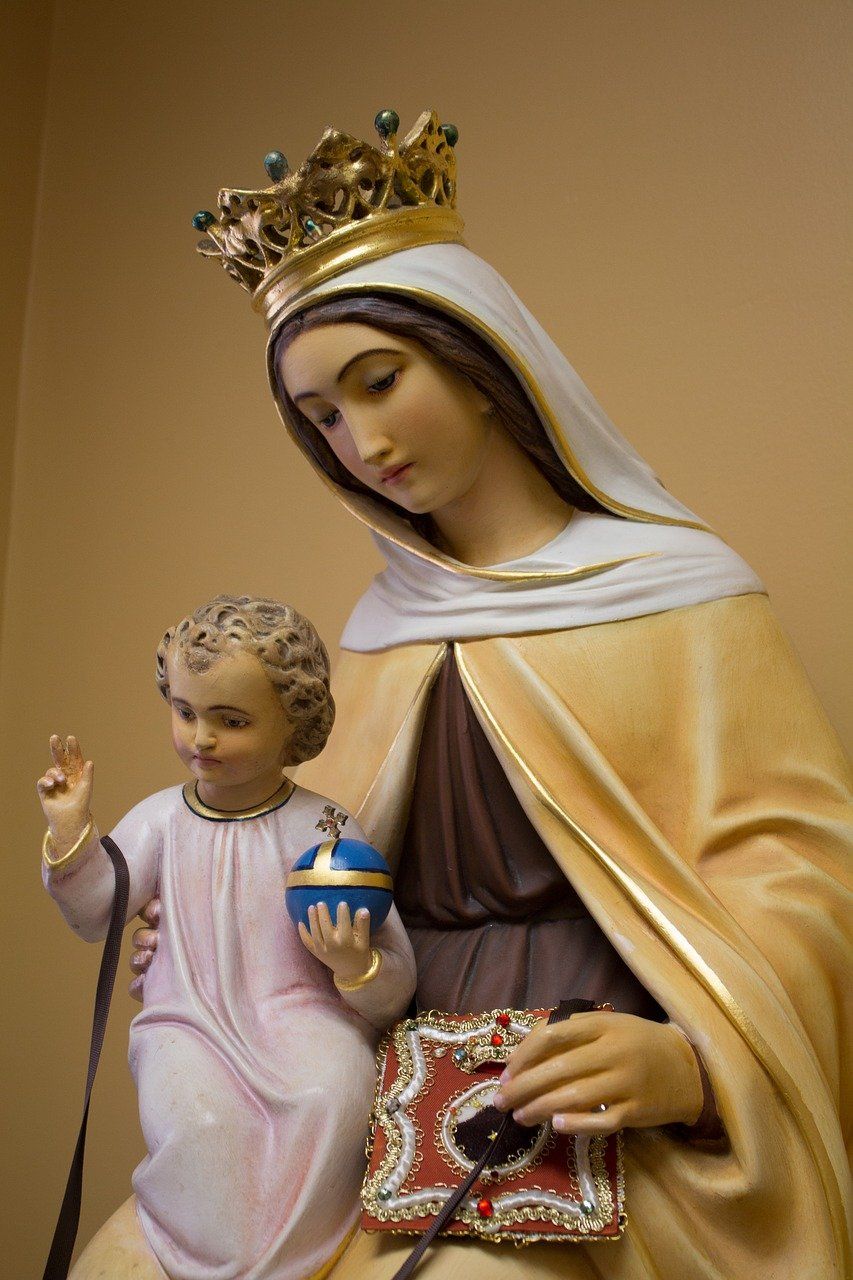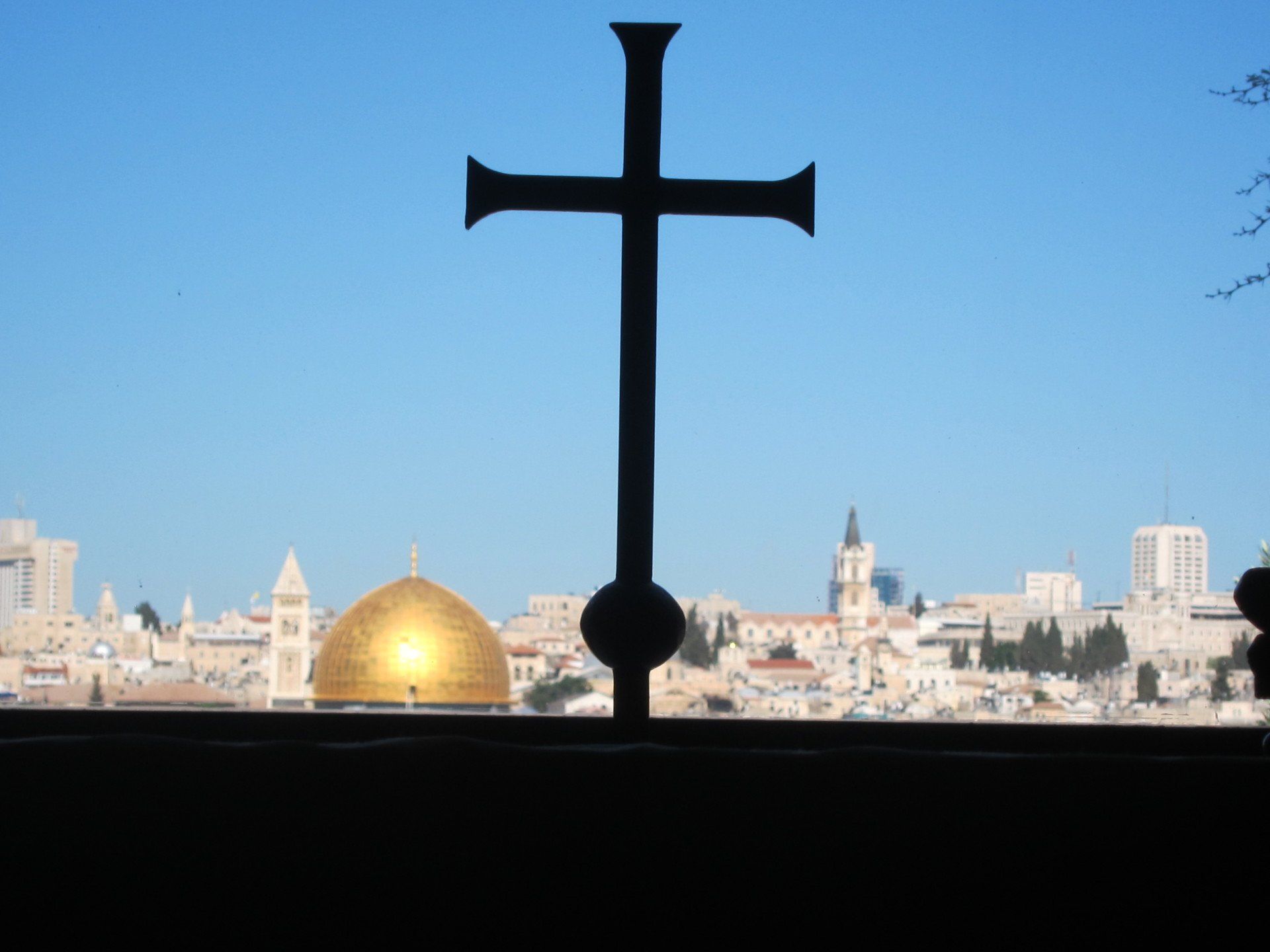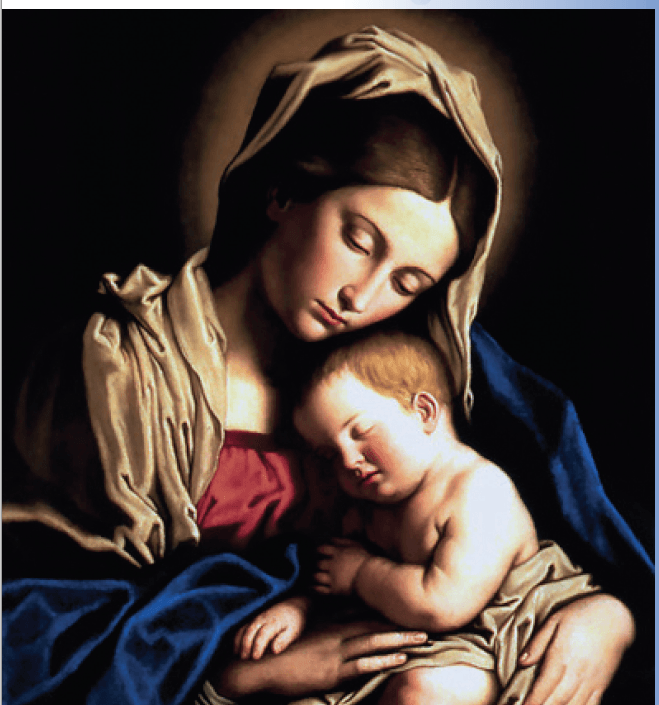THE SERVITES OF MARY
During the 13th century, seven holy men of noble birth left the city of Florence, Italy to establish a new community on Mont Scenario. They were to dedicate their lives to penance and prayer. The men had a very strong devotion to Mary the Mother of God.
In 1239, on Good Friday, the men, whilst meditating on Our Lord's passion and Our Lady's sufferings, had an encounter with Mary, who appeared to them, and requested that they establish an order which was to be dedicated to practicing and promoting the devotion to her sorrows. These men were to become the founders of the Servants of Mary; today known as the Servites. The men adopted a religious habit similar to the Dominican habit, and chose to live under the rule of St. Augustine. They also took for their name - the Servants of Mary
The founders were all canonized in 1888 and are now recognised as Saints within the Catholic Church.
The Seven Holy Men
Buonfiglio Monaldo was the eldest and became the leader of the group. Alexis Falconieri, who survived all of the other men died on the 17th February 1310. This is the date chosen for the celebration of the feast of the 7 Holy men. The others were: Benedict dell’ Antella, Bartholomew Amidei, Ricovero Uguccione, Gerardino Sostegni, and John Buonagiunta. Their spiritual director was St. James of Poggibonsi, a man of great holiness.
Mary appeared to the men carrying a black habit. At her side was an angel bearing a scroll with the words “Servants of Mary” written on it. In this vision, the Blessed Mother said that she had chosen them to be her servants. She asked them to wear a black habit and to follow the Rule of St. Augustine.
Mary told them: “You will found a new order, and you will be my witnesses throughout the world. This is your name: Servants of Mary. This is your rule: that of Saint Augustine. And here is your distinctive sign: the black scapular, in memory of my sufferings.
VISION OF THE SEVEN HOLY MEN
This is a paragraph. Writing in paragraphs lets visitors find what they are looking for quickly and easily.
This is a paragraph. Writing in paragraphs lets visitors find what they are looking for quickly and easily.
This is a paragraph. Writing in paragraphs lets visitors find what they are looking for quickly and easily.
This is a paragraph. Writing in paragraphs lets visitors find what they are looking for quickly and easily.
No other creature ever loved God as much as Mary loved Him, so there never was any sorrow like Mary's Sorrow





